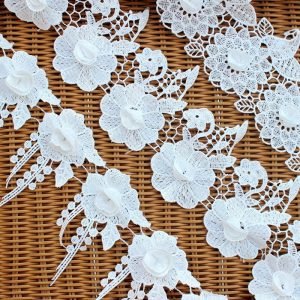The concept of sleepwear, or pajamas, has a rich and diverse history that spans cultures and centuries. The origins of sleepwear can be traced back to ancient civilizations, where various forms of garments were worn for sleeping and lounging. In ancient China, for example, the use of silk robes and loose-fitting garments for sleep dates back to the Han Dynasty, reflecting the importance of comfort and relaxation during rest.
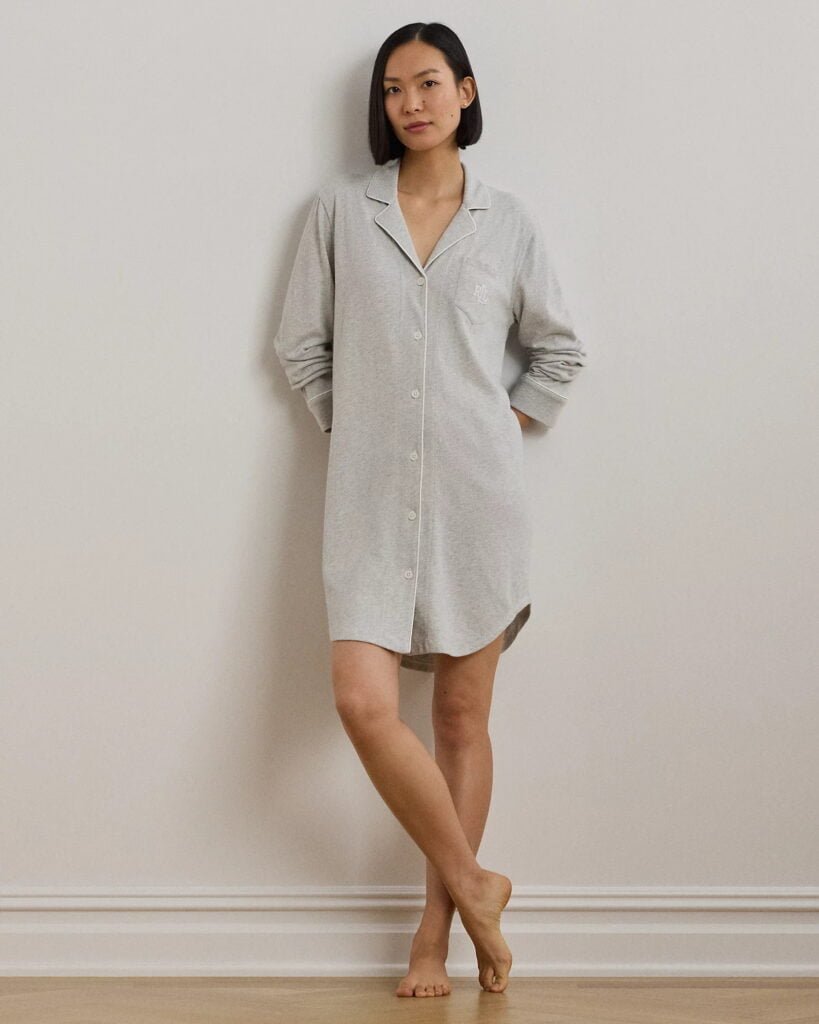
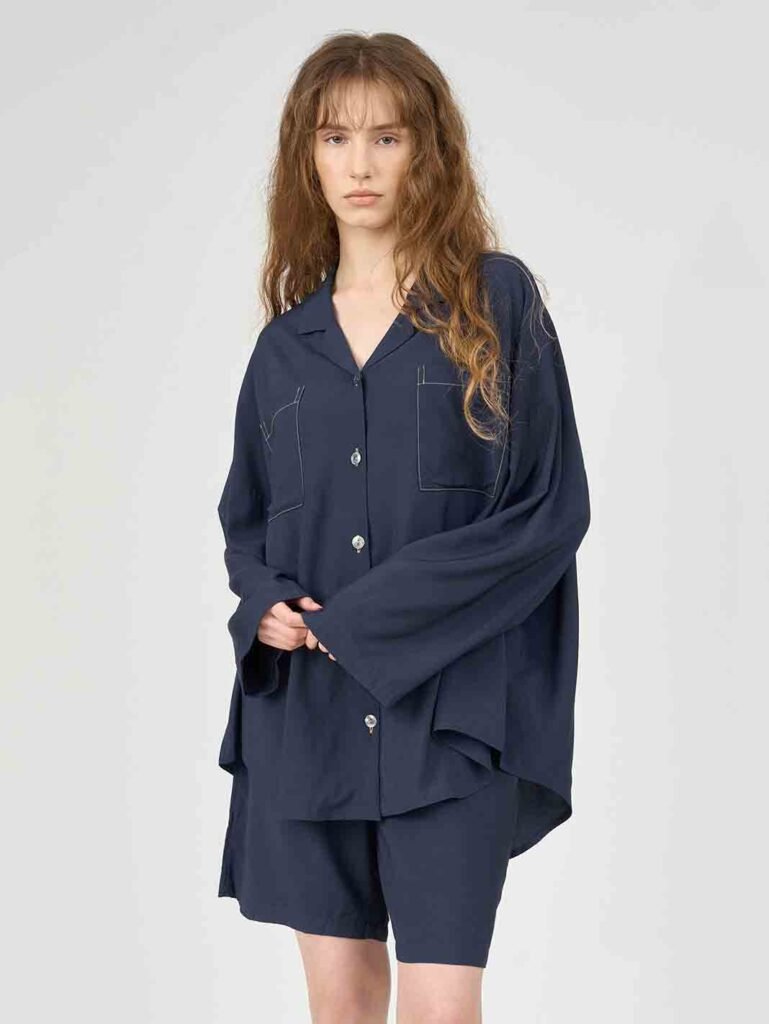
In the Western world, the evolution of sleepwear can be observed through different historical periods. During the Victorian era, nightshirts and nightcaps were commonly worn for sleep, often made from cotton or linen for breathability and comfort. As industrialization progressed, the mass production of textiles led to the availability of affordable and diverse sleepwear options for different social classes.

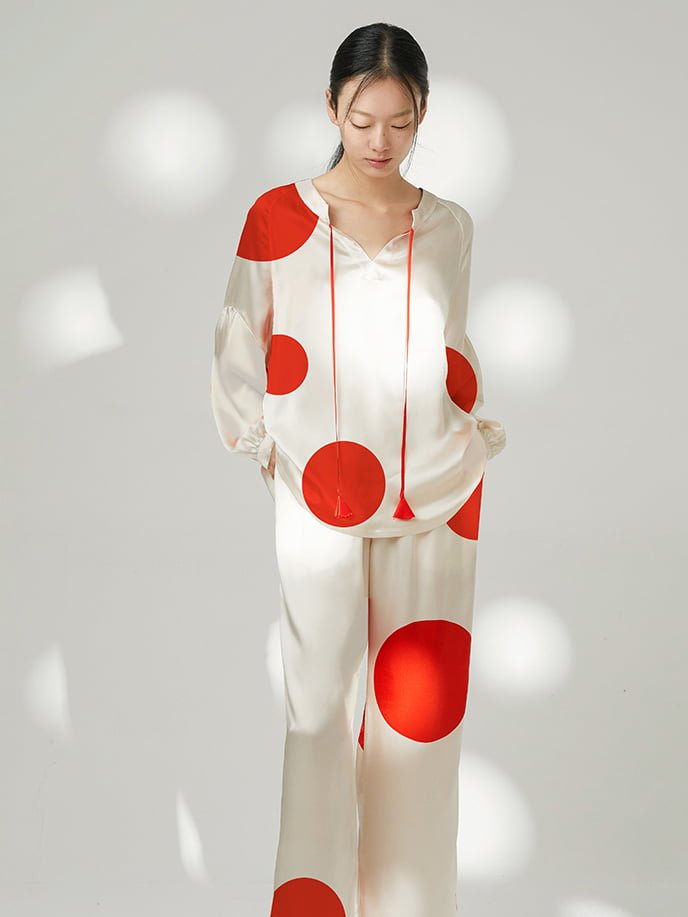
The 20th century saw the emergence of modern pajamas, characterized by two-piece sets consisting of a top and bottoms, often made from soft, comfortable fabrics such as cotton, silk, or satin. The design and styles of sleepwear continued to evolve, influenced by fashion trends, cultural shifts, and technological advancements in textile production.
Today, sleepwear encompasses a wide range of styles, from traditional pajama sets to nightgowns, loungewear, and comfortable separates. The emphasis on comfort, relaxation, and self-care has led to the popularity of luxurious fabrics, innovative designs, and inclusive sizing in the sleepwear industry.

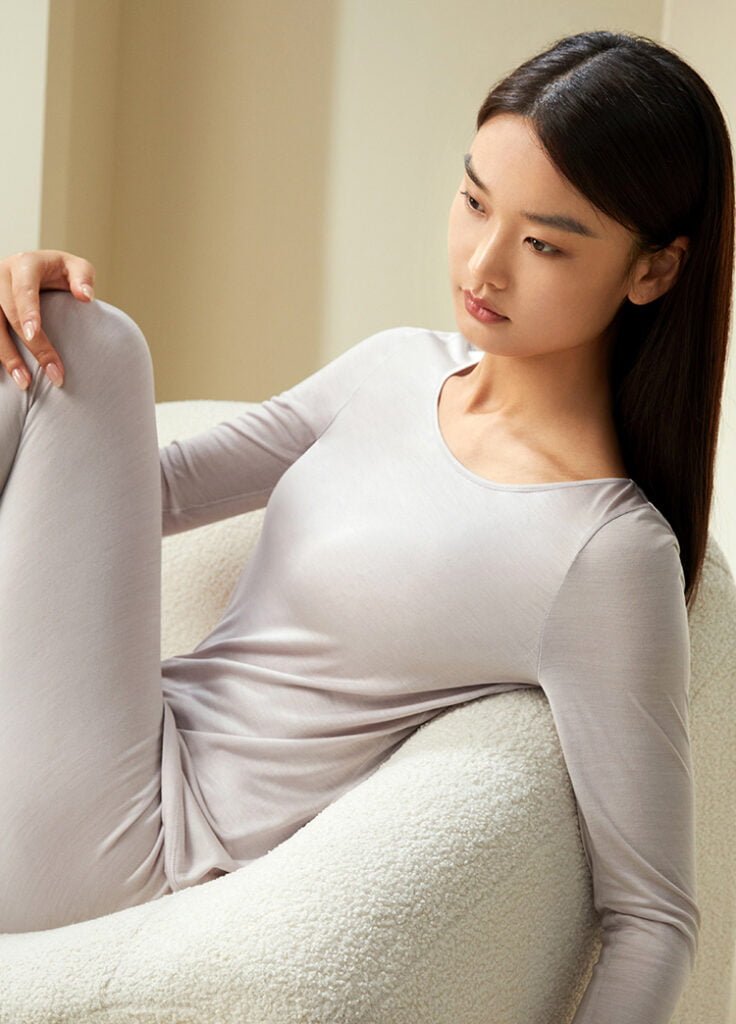
In conclusion, the history of sleepwear reflects the cultural, social, and technological developments that have shaped the way we approach rest and relaxation. From ancient traditions to modern fashion, the evolution of sleepwear continues to reflect the values of comfort, style, and well-being in different societies around the world.

